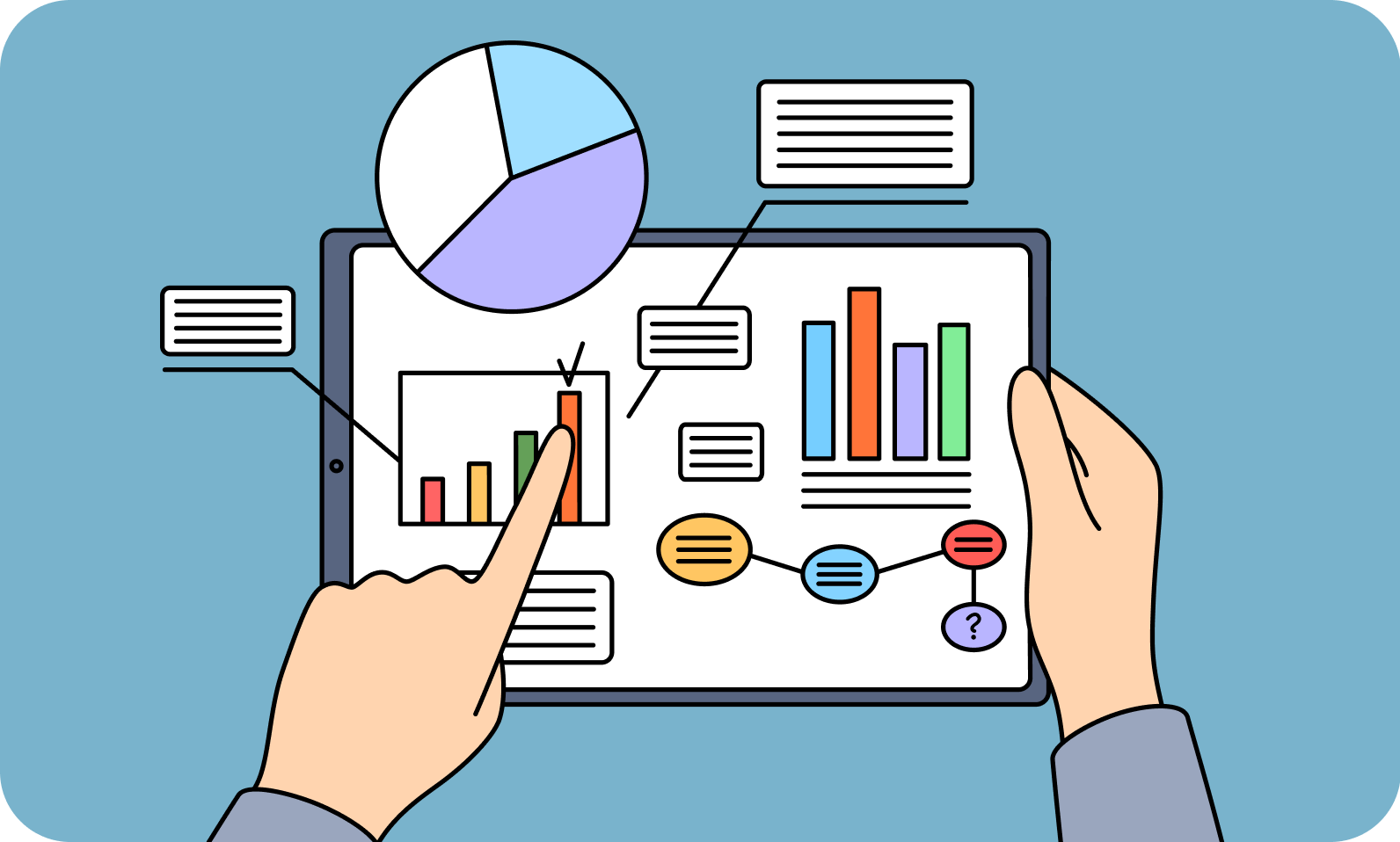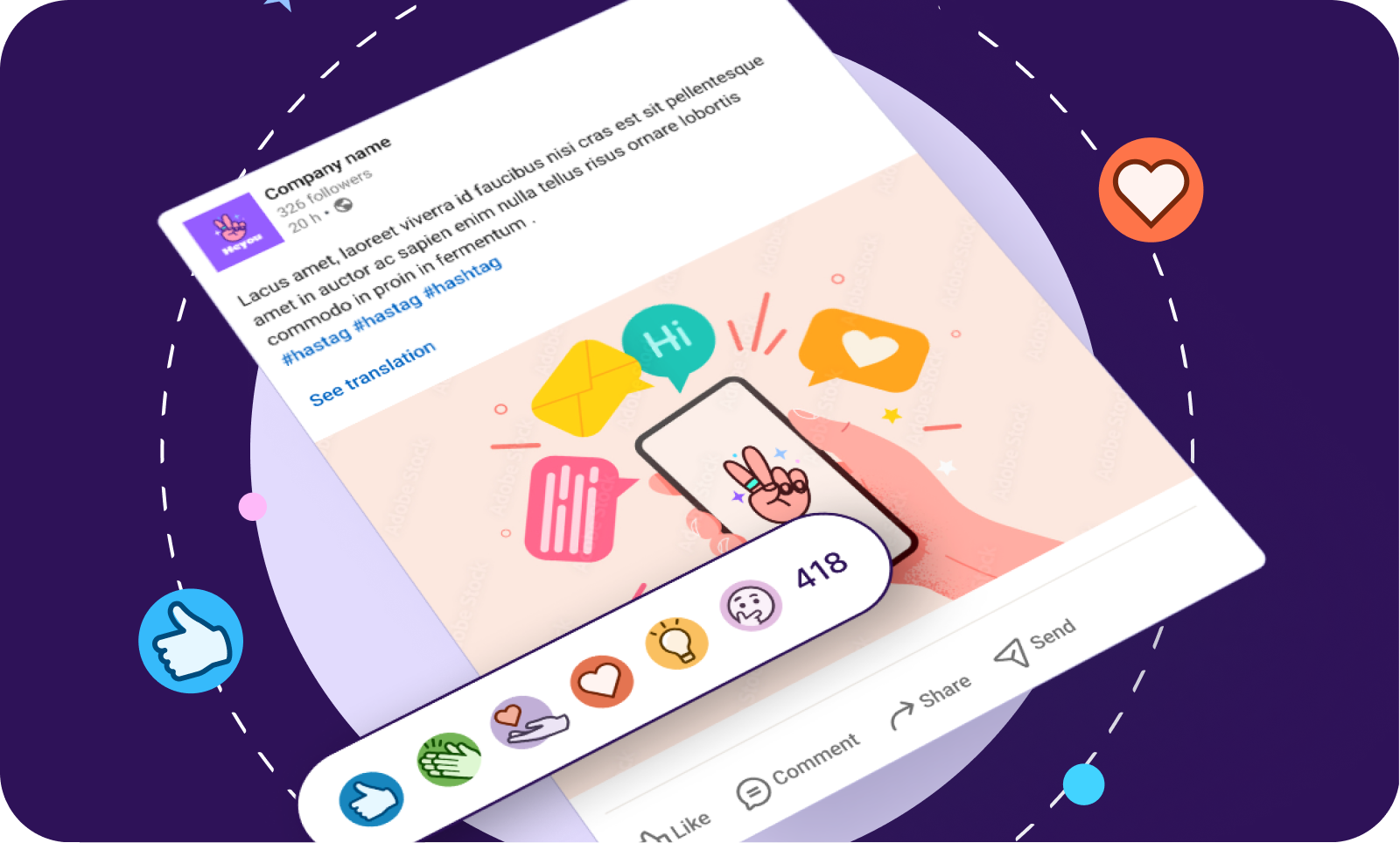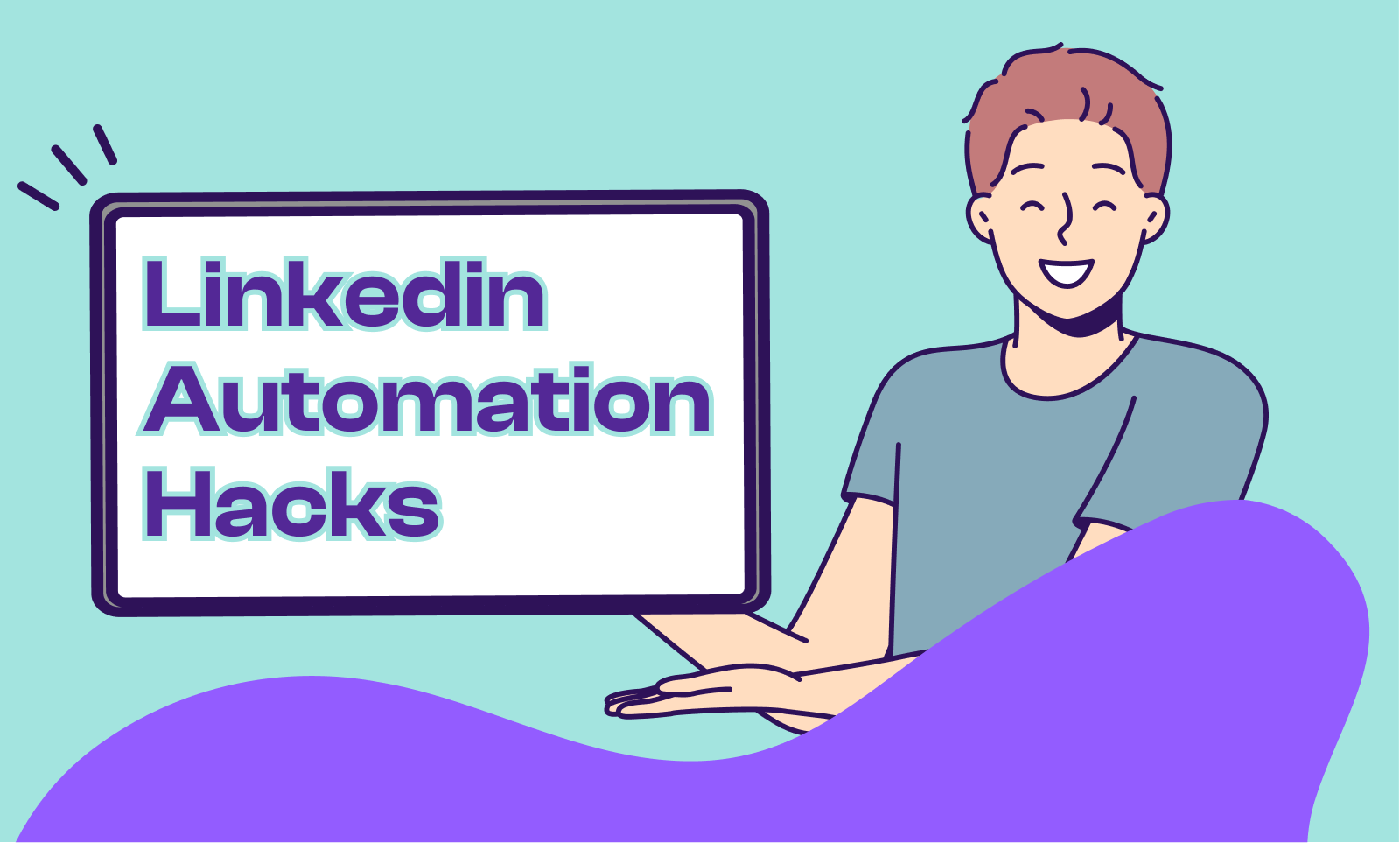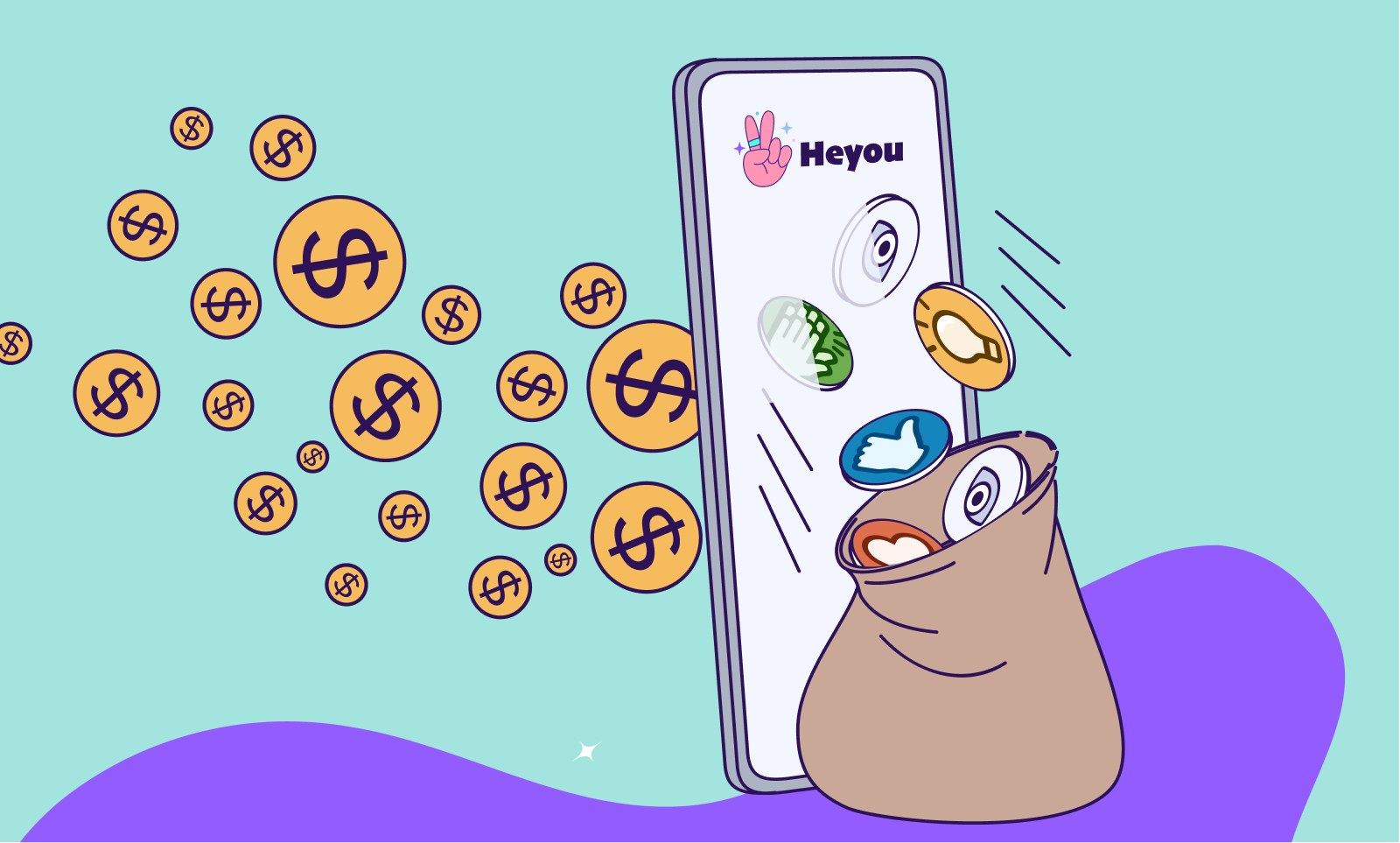Improving Your Organic Social Performance on LinkedIn
- Table of contents

November 03, 2023
| |5 min read
| |In the fast-paced world of digital marketing, there is a crucial channel that often gets overlooked, but is incredibly vital to your brand success: your social media and social performance. I know, it might be hard to get everyone around it, but optimizing and improving your social performance is not just a “nice to have.” It’s a strategic move that can help build your brand, keep your customers engaged, and, believe it or not, sometimes, it can be done at zero cost.
But where should you start? Well, it begins with everyone in the company, from leadership down to the interns, actively participating in the social effort. After all, it’s the leadership that sets the example for the rest of the team.
Why Executive Management Needs to Care About Social Performance
To understand why social performance is crucial, we need to acknowledge that our social presence on platforms like LinkedIn can be divided into two categories: organic and paid.
While paid LinkedIn ads are fantastic for driving immediate awareness and leads, your organic LinkedIn performance is more akin to the difference between SEO-driven organic website traffic and paid search ads.
It’s a long-term strategy, and it can turn your LinkedIn profile into a brand-building powerhouse, fostering awareness, community, engagement, and an ongoing lead-generation machine.
The problem, however, lies in the fact that social results are often challenging to track and even harder to communicate to executive stakeholders. It’s easy to see the tangible results of a paid ad campaign, but the organic side of things can be a bit elusive. This is where keeping your KPIs tight and tracking comes into play.
The Main KPIs That Impact Your Social Performance
To truly grasp the impact of your social performance, I want you to go deep into its Key Performance Indicators (KPIs). These metrics will give you a clear picture of how your organic efforts are contributing to your brand’s success. Let’s break it down:
Posts Engagement
This includes likes, comments, reactions, clicks, and reposts. It’s all about how engaging and shareable your content is. The more interactions, the more people are spreading your message. Your post engagement is dependent on two things: how good your content is and how much engagement it gets.
Create high-quality content for Linkedin: Creating quality content is not a cliche, and while it is hard there are some ground rules:
- Stop talking about yourself – Not every post needs to be about booking a demo with your company. And not every post needs to end with “talk to our experts”. Instead, use this organic stage to emphasize with your readers through their pains, so they will feel attached to your brand.
- Re-syndicate content in different forms – Each one of your assets – blogs, guides, or webinars, can turn into a bunch of social materials. Highlight key values from those assets, and share your thought leadership points. In addition, make sure to put a link to those resources when it comes to asset highlights, but keep links off on thought leadership ones. When building trust, it’s key to keep commercials off.
- Use social proof tactics, or better to be more exact, faces – Being social means being human. Posts with faces can potentially be more engaging. Why? Tagging people in posts increases impressions, and the people who know those faces will like it. How can you do that? (1) Quoting customers from case studies or reviews (2) Employee highlights – new employees, employee spotlights, employees who wrote blogs or participated in a webinar, etc. (3)Joint webinars or quotes of industry leaders and experts. But the most important thing – put their face on the image and tag them!
Help others engage with your content: If they can’t see it, how will they like it? Boosting engagement starts with putting the content in front of the right eyes. But it’s a chicken and egg problem – if the audience can’t see it how will they like it? Posts on LinkedIn live longer when they receive engagement. But how can we get the ball rolling?
- Invite your best customers to follow your page – You can use customer intelligence tools like Staircase AI to create advocate lists and let your team invite them to like your social pages.
- Leverage your employee power – Get all your employees to like every post you release, report, and comment. You can use auto-like tools like Heyou.io to remove the burden on employees and automate your corporate post likes.
- Tag away – Use both hashtags to increase visibility around your post’s topic, and tag the people or companies mentioned in your post.
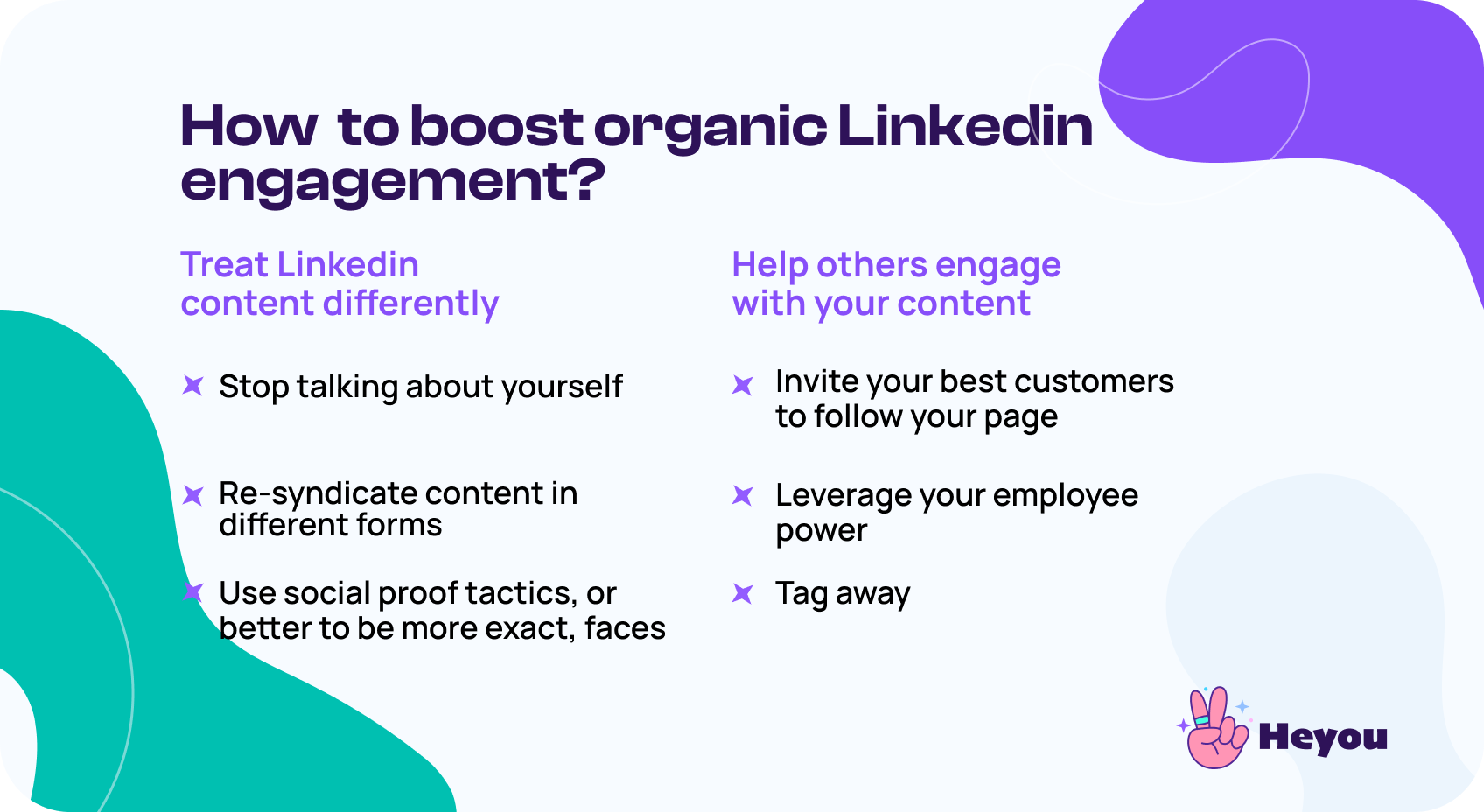
Website Engagement
Now, let’s move beyond LinkedIn and focus on your website. Analyze metrics like Click-Through Rate (CTR), traffic from LinkedIn, and leads generated from LinkedIn referrals. This data helps you assess the quality of your content in driving relevant traffic and leads.
In the B2B space, it’s usually hard to make a connection between social traffic and web conversions. The reason is that most people engage on social media through their mobile phones while converting later on via their browser. However, measuring the traffic is a good indicator of your ability to create inbound traffic and brand awareness.
How to Analyze Your Social Performance and Report It Right
So, now that you know which KPIs to focus on, the next step is understanding how to analyze your social performance effectively and report it to the decision-makers. When you’re discussing your corporate page’s organic performance, here are the insights you want to pull:
Followers Growth
Keep an eye on how your follower base is expanding. A steady growth rate indicates a healthy brand presence. For example, according to a study by HubSpot, companies that published 16 or more blog posts per month got almost 3.5 times more traffic than those that published 0-4 monthly posts. This demonstrates the importance of consistent growth in your follower base.
Posts Trends
Analyze which topics are driving the most engagement and responses. Is it thought leadership content, behind-the-scenes glimpses, or company news? Identify what resonates with your audience. Research by BuzzSumo shows that “how-to” articles and long-form content often perform exceptionally well on social media platforms. This suggests that informative and educational content tends to drive higher engagement.
Type of Graphics
Are image posts more successful, or do videos perform better? Knowing what type of content gains the most traction can help shape your content strategy. According to a report by Buffer, video content on LinkedIn receives about five times the engagement of image or text posts. This indicates that incorporating more video content can significantly boost your engagement rates.
Impressions
Impressions show how many times your content is displayed on a user’s screen. It’s a critical indicator of your content’s visibility. To put this in perspective, the LinkedIn algorithm prioritizes posts with higher engagement, and these posts often receive more impressions. So, improving engagement can lead to increased visibility.
Lead Generation
Measure how many leads your LinkedIn activity generates. This will provide a clear picture of the platform’s contribution to your business. According to a study by HubSpot, LinkedIn is 277% more effective at lead generation than other social media platforms. It’s crucial to track and optimize your LinkedIn lead generation efforts to maximize the platform’s potential.
LinkedIn is a Standalone Channel – Treat It as Such
Here’s an essential point to remember: LinkedIn is not just another social platform; it’s a standalone marketing channel. It’s a place where you can build brand awareness, drive traffic to your website, and generate leads.
“Your brand is what other people say about you when you’re not in the room.” — Jeff Bezos
To make the most of LinkedIn, you need to treat it as such and adapt your strategy accordingly. Quality content, play with graphics, use tactics to boost engagement and measure impact, not necessarily leads.
When presenting your results to the board, make sure you have a dedicated section for social performance. Show them the growth in followers, the engagement metrics, and most importantly, the engagement and awareness it generates. This will make it clear that LinkedIn is a channel worth investing in.
So, there you have it. Social performance on LinkedIn is not just about posting now and then; it’s about building a strong presence, engaging with your audience, and driving leads. Make it a priority in your marketing strategy, and remember, it starts from the top. Leadership setting the example will encourage the rest of the team to follow suit.
Now, it’s your turn to enhance your social performance on LinkedIn. Happy Socializing!
November 03, 2023
| |5 min read
| |Articles
Check our recent articles
Stop begging colleagues for posts likes.
Auto-like your corporate posts and boost your social performance.
